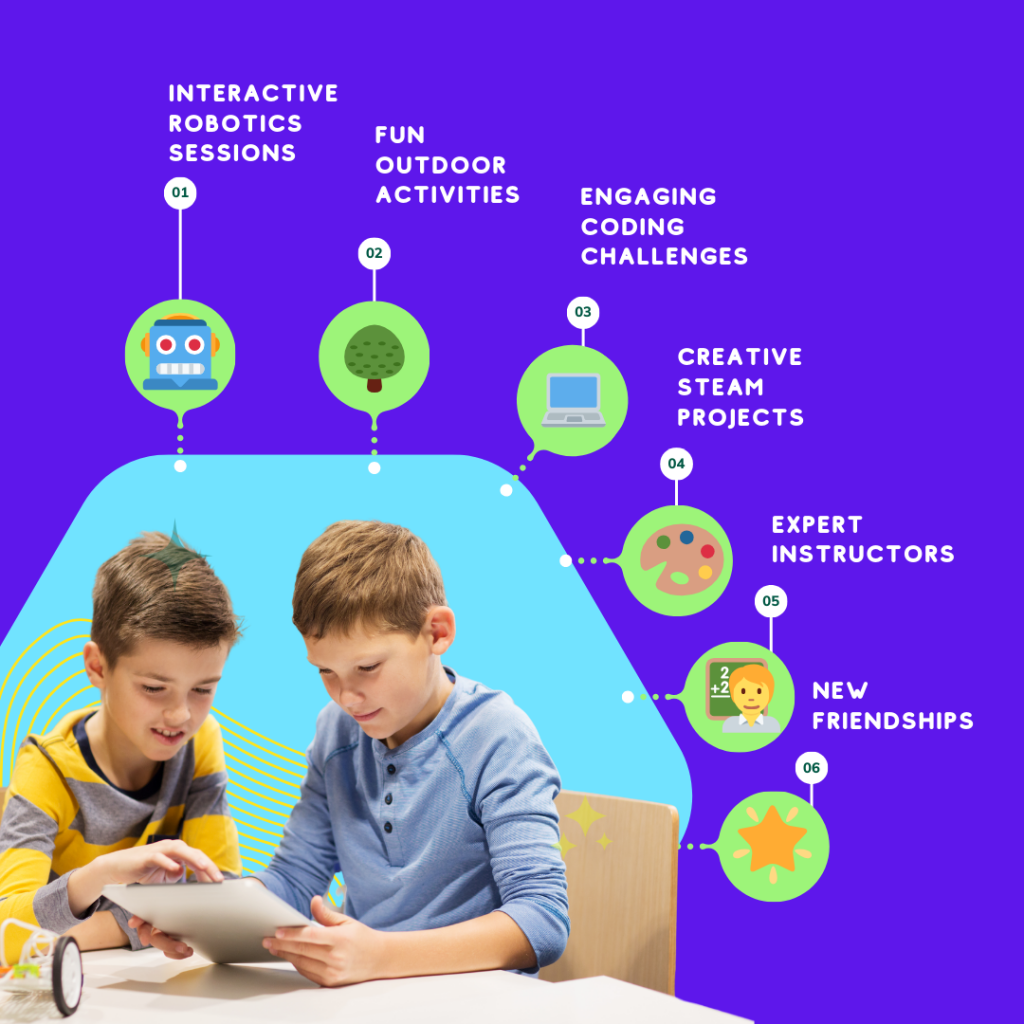Setting the Stage for STEAM Success
As parents and educators, we constantly strive to prepare our children for success. But in a rapidly evolving world, traditional goals are no longer enough. This is where STEAM (Science, Technology, Engineering, Arts, and Mathematics) education steps in. By setting STEAM goals, we empower kids to develop critical skills that are essential for their future.
Keyword: STEAM goals
The Growing Importance of STEAM Education
In the 21st century, technology drives nearly every industry. From healthcare to entertainment, STEAM skills are at the core of innovation. According to the U.S. Bureau of Labor Statistics, jobs in STEAM fields are expected to grow by 8% through 2029, outpacing other sectors.
This highlights why having specific goals is so critical. They’re not just about academic success; they’re about equipping kids with tools to navigate a tech-driven world.
Benefits of STEAM Goals for Children
- Critical Thinking and Problem-Solving: STEAM activities challenge children to think critically and solve real-world problems. For instance, coding teaches logical reasoning, while engineering projects foster creative solutions.
- Interdisciplinary Learning: Unlike traditional subjects, STEAM integrates multiple disciplines. For example, a robotics project might involve coding, physics, and design.
- Future-Proof Skills: By setting STEAM goals, kids learn skills like programming, data analysis, and collaboration—key attributes for tomorrow’s workforce.
- Confidence Building: Tackling STEAM challenges helps children build resilience and confidence. When they solve a tough problem or create something new, they realize their potential.
How to Set STEAM Goals for Kids
Start with Interests: Every child has unique interests. Use these as a foundation for setting goals. For example, if your child loves art, introduce them to digital design or animation.
Make Goals Specific and Achievable: Rather than vague aspirations like “learn to code,” set specific goals such as “complete a beginner’s Python course by March.”
Incorporate Fun: STEAM should be exciting! Encourage hands-on activities like building robots or creating science experiments.
How CodeREV Kids Supports STEAM Goals
At CodeREV Kids, we specialize in making STEAM accessible and engaging. Our award-winning camps and classes are designed to inspire kids to set and achieve meaningful STEAM goals. Whether it’s mastering coding, designing video games, or exploring 3D printing, we provide the tools and guidance kids need to succeed.

Real Stories: The Impact of STEAM Goals
Meet Sarah, a 10-year-old who discovered her passion for coding through CodeREV Kids. By setting STEAM goals, Sarah created her first app within six months and even won a local tech competition. Stories like Sarah’s illustrate the transformative power of STEAM.
Conclusion: Start Today, Shape Tomorrow
Learning STEAM are not just about academics; they’re about equipping kids with the skills and confidence to succeed in life. As we move into a tech-driven future, these goals will become increasingly vital.






